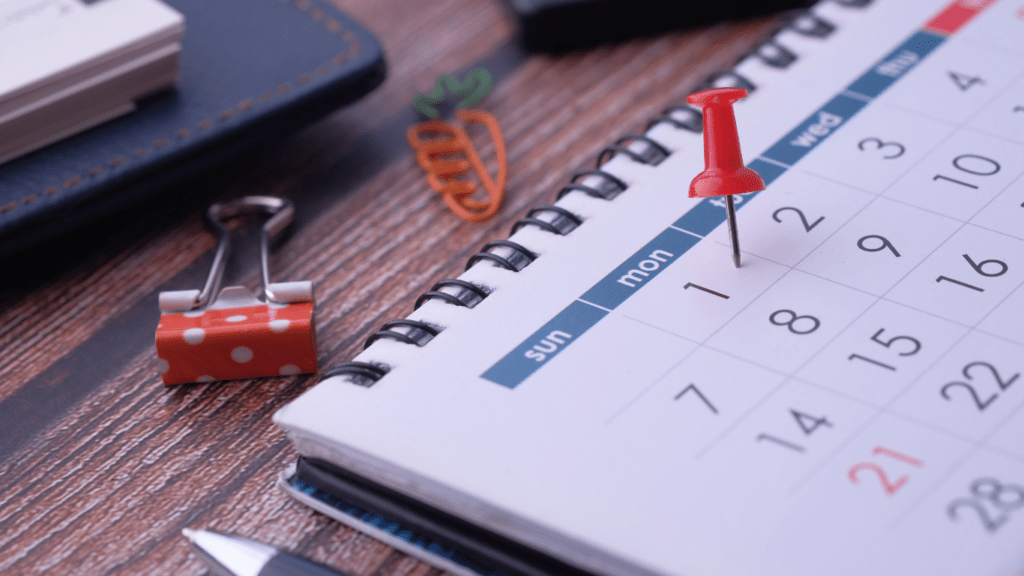What is 2138351250?
First things first—2138351250 is a U.S. phone number. It hits with a 213 area code, which anchors it to Los Angeles, California. That alone doesn’t say much, right? That’s because area codes have become less intuitive with mobile phones and VoIP platforms spread across the U.S.
While the area code ties it geographically to Southern California, the story doesn’t stop there. This number has made the rounds across forums and consumer redflag websites. Some people report missed calls. Others mention robocalls, and a few even reference strange, silent messages. It’s hard to track down a solid origin because numbers like these are often “spoofed”—masked to look legitimate when they’re not.
Recognizing a Scam: Why 2138351250 Feels Suspicious
Many calls from numbers like 2138351250 share a pattern: vague voicemails, recorded messages pretending to be from “official” sources, or just hangsups designed to get you to call back. There’s a term for this—vishing (voice phishing).
Here’s what usually goes down:
The call comes without context—no name, no reason. Voicemail (if any) repeats a governmentsounding threat or offer. When you return the call, they pressure you fast—act now, or miss out/panic/pay up. Some just want you to stay on the line as long as possible—wasting your time or worse, trying to scrape voice samples.
None of that screams “trustworthy.”
Who Might Be Behind 2138351250?
It’s tempting to find a solid answer, but truth is, numbers like this tend to float in a gray zone. That’s because services now allow people (especially marketers or scammers) to generate outgoing calls from any number they pick.
So while 2138351250 may appear to come from L.A., it could be routed through multiple states—or even continents—before it lands on your screen.
Could it be legit? Sure. Mistaken dials or recycled numbers happen. But repeated reports suggest this number goes beyond just wrong numbers.
How to Handle Calls from 2138351250
Not sure what to do when this number dials you? Here’s an efficient protocol:
- Don’t answer unknown calls. Let voicemail do its job. If it matters, they’ll leave a real message.
- Don’t call back. That’s what they want. Whether it’s for scams or data verification, calling back confirms your number is active.
- Block and report. Use your phone’s native block function or a callblocking app like Hiya, Truecaller, or Nomorobo.
- Report it. Head over to FTC.gov or the Better Business Bureau (BBB.org) to file a complaint.
Documentation helps build public awareness and may assist in tracking repeat offenders.
The Bigger Picture
The issue isn’t just with 2138351250. It’s part of a broader trend of spoofed and spam calls flooding mobile networks. In 2023 alone, Americans received tens of billions of robocalls.
While services and carriers are cracking down using STIR/SHAKEN technology (yes, that’s a real term), spoofed calls still slip through. Numbers like this one are part of that clutter—noise designed to get your attention and your data.
The game’s evolving. Scammers use AI voices now. They scrape social media to make you think a loved one’s in trouble. So don’t just watch your numbers—watch the tone, the urgency, the asks.
Defensive Tools You Should Be Using
Digitally speaking, your phone’s a battleground. Fortunately, you’ve got armor:
Call Filtering Services: Major carriers now offer spam protection. AT&T’s ActiveArmor, Verizon’s Call Filter, and TMobile’s Scam Shield all help automatically detect shady numbers like 2138351250. ThirdParty Apps: Apps like RoboKiller use audio fingerprinting to shut down robocalls fast. Smart Habits: Don’t give out your number freely. Avoid entering your phone into sketchy forms, contests, or surveys.
Bottom line: Defense is less about one magic app and more about staying alert longterm.
Final Take
While it’s tempting to want a binary answer—scam or not—for a number like 2138351250, it’s more productive to look at the bigger pattern. The call behavior, the lack of identifiable info, and matched user reports all lean toward spam or scam.
Stay skeptical. Stay proactive. Your best defense isn’t just identifying one number—it’s building habits that make your device harder to exploit. Hopefully, with better tools and shared knowledge, we’ll see fewer dodgy digits interrupting our day.





